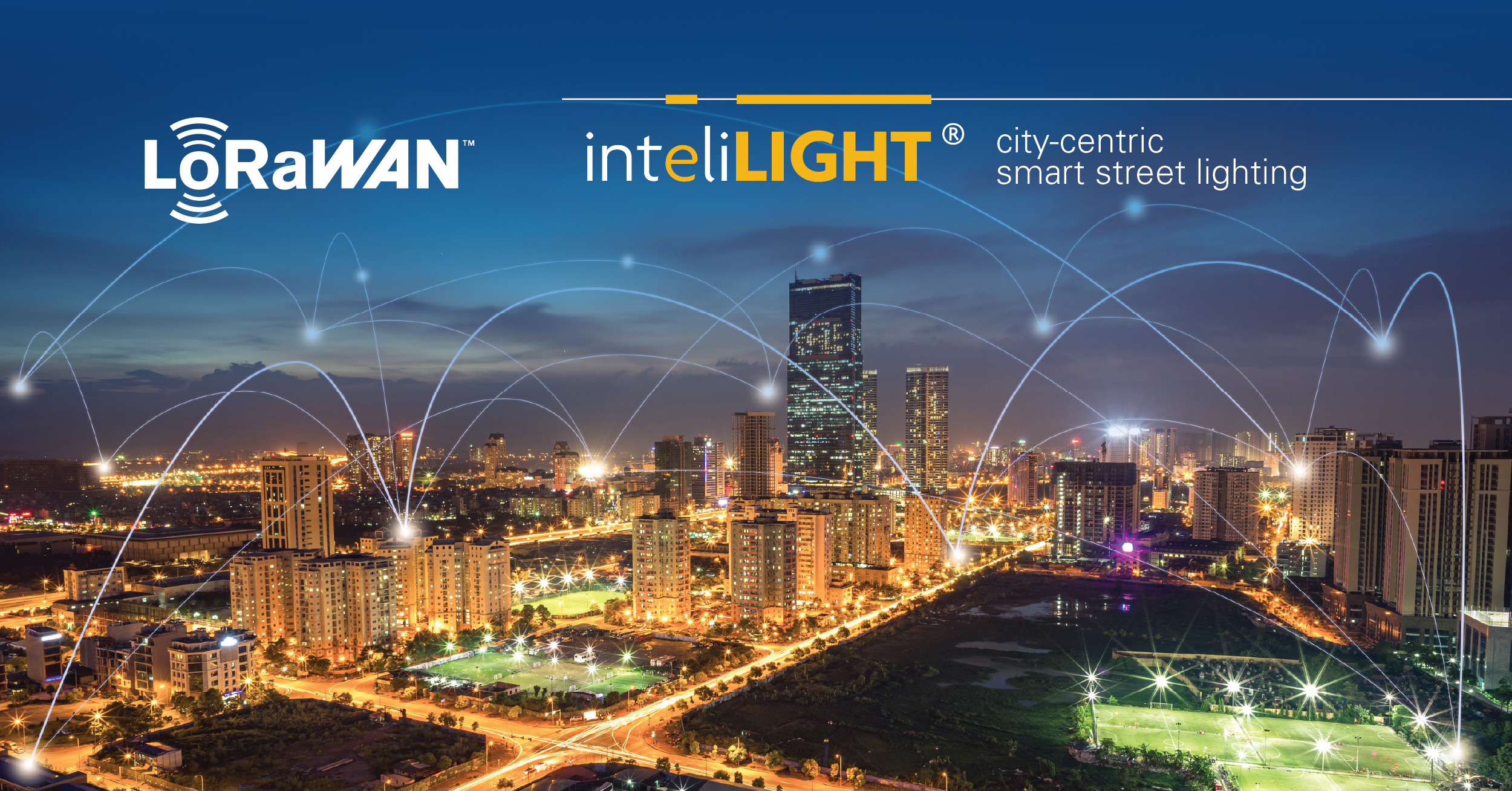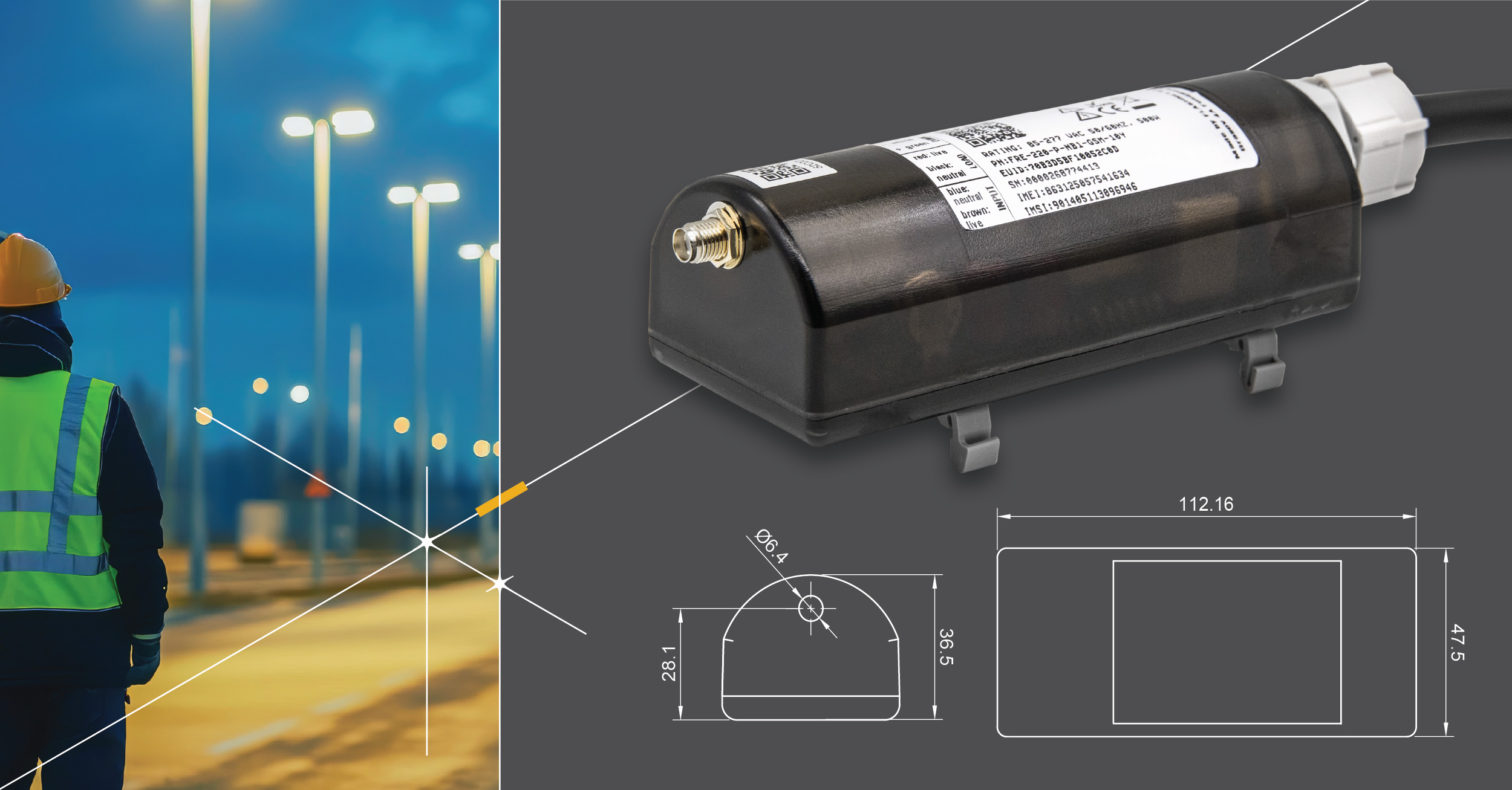Overcoming Challenges in Smart Street Lighting: Flashnet’s Proven Solutions for Successful Deployments

Implementing smart street lighting systems can revolutionize urban management by enhancing energy efficiency, public safety, and infrastructure monitoring. However, deploying these systems comes with its own set of technical and operational challenges. From luminaire compatibility to network stability, power line integrity and GPS accuracy, each project presents unique hurdles that require careful planning and innovative solutions.
This article delves into the key obstacles encountered during smart street lighting deployments and the proactive solutions Flashnet has developed to ensure efficient, adaptable and future-proof installations.
1. Technical Complexities in Luminaire Compatibility and Network Coverage
The transition to smart street lighting is not as simple as installing new technology on existing infrastructure. Luminaires and drivers, especially in older systems, can lack compatibility with modern control solutions. For instance, some of our projects have faced challenges with luminaire drivers, where controllers couldn’t communicate effectively due to configuration issues. The use of outdated or incompatible hardware poses a significant risk in smart lighting deployments, as it can lead to limited functionalities, delays, system malfunctions, and even increased costs due to necessary retrofits.
In rural or geographically challenging environments, network coverage becomes an even greater obstacle. LoRaWAN™, for instance, operates well in flat, urban environments, but mountainous or high density urban environments require special attention to radio planning.
Flasnet’s Solution: To overcome these challenges, we employed meticulous testing procedures and pre-installation compatibility checks to ensure all luminaires and drivers are fully compatible with our inteliLIGHT controllers. Additionally, we leverage LoRaWAN and NB-IoT, ensuring network coverage is optimized, even in difficult terrains.
We know the importance of understanding each city’s unique lighting and network infrastructure when planning a deployment. By offering solutions compatible with both legacy and new lighting systems, we ensure the municipalities have the flexibility to modernize their infrastructure without replacing every lamp post.
2. Handling Network and Communications Issues
Network stability is a cornerstone of any smart lighting system. Streetlights need to communicate with central management systems in real-time, providing data on their operational status, energy consumption, and malfunctions. However, network issues can disrupt this communication, leading to inefficiencies and outages. We’ve encountered situations where LoRaWAN gateways were disconnecting due to the devices being unregistered with the telecom operator. Similarly, in several NB-IoT projects, network optimizations were required to ensure consistent performance.
IoT (Internet of Things) networks face the challenge of maintaining a stable connection, particularly when multiple devices are in operation simultaneously. As IoT becomes more ubiquitous, ensuring network scalability and robustness is crucial.
Flashnet’s Solution: Flashnet took a proactive approach by collaborating closely with telecom operators to register devices and optimize networks before and during installation. This ensures that connectivity is stable and uninterrupted once the system is in place. Additionally, by supporting multiple communication technologies like LoRaWAN™, NB-IoT, and LTE-M, we ensure that our inteliLIGHT solution can adapt to the network infrastructure of any city, ensuring flexibility, scalability and consistent performance.
3. Ease of Installation
One of the key challenges in deploying smart street lighting systems is ensuring that the technology is simple and easy to install. Complex or time-consuming installation processes can delay projects and increase costs. Additionally, municipalities must often address the challenge of training installation teams while minimizing disruptions to day-to-day operations during the rollout.
Flashnet’s Solution: Flashnet has developed its inteliLIGHT® controllers with ease of installation as one of the top characteristics. Our solution is designed to be plug-and-play, allowing for quick and straightforward installation. By using standardized hardware connectors such as NEMA and Zhaga that are compatible with a wide range of luminaires, we ensure that our technology can be easily integrated into existing street lighting infrastructures, reducing the need for costly replacements.
To further simplify the installation process, Flashnet provides comprehensive training programs and installation guides for local teams, ensuring that the deployment can proceed smoothly and efficiently.
4. Avoiding Vendor Lock-In: Ensuring Flexibility and Reducing Long-Term Costs
One of the biggest risks for municipalities and utility operators when adopting smart street lighting systems is vendor lock-in. Dependence on a single supplier can lead to deteriorating commercial conditions over time, limiting the flexibility to adapt or upgrade systems as newer technologies emerge. Vendor lock-in can also drive up costs, as cities may be forced to rely on a single provider for maintenance, support and future system expansions, without the freedom to explore more competitive options.
Flashnet’s Solution: Flashnet ensures all its products adhere to open standards, such as the TALQ2 protocol, allowing for seamless integration with third-party systems. This ensures that cities and municipalities are not tied to one provider and can adopt a multi-vendor approach to their smart street lighting systems. By ensuring cross-compatibility and flexibility, Flashnet reduces the risks and costs associated with vendor lock-in, giving cities the freedom to evolve and expand their infrastructure as needed, without long-term dependencies on a single supplier.
5. Maintaining System Integrity Despite GPS and Installation Challenges
Accurate GPS positioning and stable power infrastructure are both crucial for the successful deployment of smart street lighting systems. Challenges can arise when GPS positioning is not precise, leading to mapping inaccuracies that make it difficult to manage streetlights remotely. Additionally, older power infrastructures, such as weak junction connections or shared grids, can cause electrical instability, impacting the performance of smart lighting systems.
Flashnet’s Solution: To overcome these challenges, Flashnet implements QR code scanning protocols and conducts thorough field operations to verify the integrity of power lines before installation. Our installation teams also receive comprehensive training to ensure they can address both GPS-related and power infrastructure issues. This proactive approach ensures smooth deployment and minimizes future operational disruptions, helping cities manage their smart lighting systems with accuracy.
Leading the way with a Problem Solving Mindset
The deployment of smart street lighting systems is no small task, but at Flashnet, we pride ourselves on turning challenges into opportunities. From luminaire compatibility to network optimization, our team works tirelessly to overcome technical hurdles, ensuring that cities around the globe benefit from the latest advancements in smart lighting technology.













